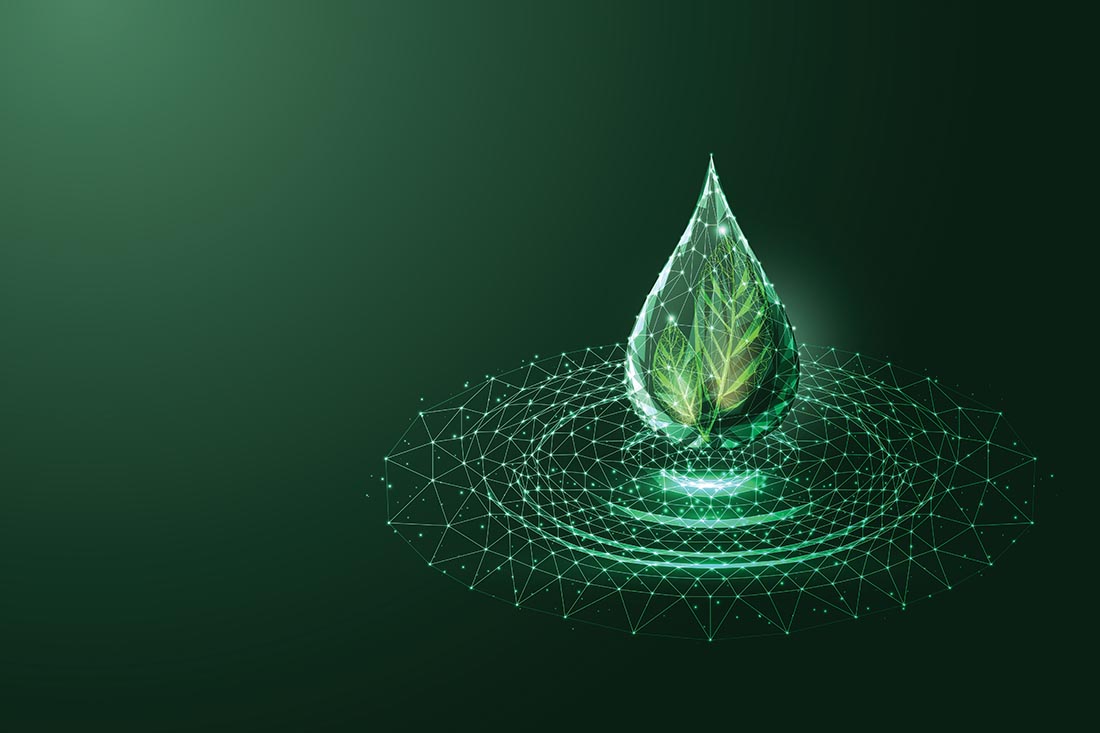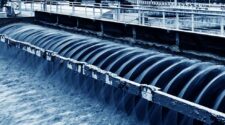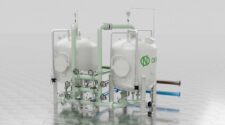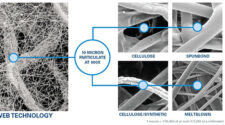How Technology Can Help Reduce Energy Consumption Associated with Filtration Processes
Whether you think about it or not, water filtration is one of the most important processes in the United States. From residential filtration systems that give you safe drinking water, to wastewater treatment plants that provide clean water to entire cities, water filtration systems are everywhere. Most people don’t realize, however, that water filtration uses a ton of energy, due to a lack of energy-efficient technologies and systems.
According to the U.S. Environmental Protection Agency (EPA), water filtration for drinking water and wastewater plants accounts for 3-4% of the United States’ total energy consumption. In addition, between 25% and 40% of a consumer’s monthly utility bills are related to water filtration. Finally, the U.S. creates an
average of 45 million tons of greenhouse gases each year to filter water.
Those are staggering numbers, considering it’s all in the name of creating clean water. They’re especially shocking, considering we live in an era where renewable energy sources have never been more abundant. It begs the question, “Are there ways to improve energy efficiency in the water filtration process?” We’ll look at that basic question and pinpoint some specific technologies to instigate change.
Water Filtration 101
To better understand why water filtration demands so much energy, let’s look at how the water treatment process works.
- Untreated water flows through a sediment pre-filter that removes large contaminants.
- The water then flows through an activated carbon, charcoal, or zinc-copper filter, which treats the water.
- The water then flows through a third filter that polishes the water and removes any remaining contagions.
- Creating the filters, powering the pumps that move water, and repeatedly cycling water is what cause a ton of energy usage.
There are many different types of residential and commercial water filtration systems, as well as industrial wastewater treatment systems. While they all have differences, they utilize the same steps mentioned to achieve filtration results.
The main difference is that during wastewater filtration, chemicals are added to the water to make contaminants bind together as well as to kill bacteria, viruses, and parasites.
How Water Filtration Systems Are Improving
All in all, the global cost of water filtration is right around $76 billion. That doesn’t even take into account the cost to individuals who have residential water filtration systems. As we said earlier, however, it’s roughly 25% to 40% of monthly energy bills. Because of these high costs, improving energy efficiency is a top priority. Here are some improvements already available.
- Membrane Filtration Systems. Reverse osmosis and nanofiltration systems are examples of membrane filtration systems. Membrane filters, such as those produced by Graver Technologies, require minimal power generation to operate, and incorporating them is essential for energy savings. In fact, they can reduce the amount of power you use during water filtration by up to 29%.
- Smart Monitoring Through AI. Artificial intelligence is making a name for itself in nearly every industry, including with water filtration. AI is getting used in smart water meters and filters to do a better job of minimizing waste during the filtration processes. AI can also reduce backwash in wastewater treatment plants, further saving energy and water.
- Advanced Oxidation Processes. Advanced oxidation processes essentially use components of the water to purify itself. This is one of the most energy-efficient ways to treat and filter water.
- Membrane Bioreactors. Membrane bioreactors are a combination of biologics and membrane filters to treat water. This combination is one of the most energy-efficient options on the market.
- Energy Recovery Systems. A ton of water gets wasted during the filtration process. Unfortunately, wasting filtered water requires energy use, which is where energy recovery systems come into play. Energy recovery systems harness and reuse energy, minimizing potential waste. Some energy recovery systems can even regain up to 98% of energy that would otherwise be wasted during water filtration.
- Using Renewable Energy Sources. Finally, there’s more of an emphasis than ever on using renewable energy to power water filtration systems. Renewable energy is cleaner and cheaper than traditional electricity and can result in massive cost savings.
Role of Valves and Flow Control in Energy-Efficient Water Filtration
In addition to using green energy, artificial intelligence, and improved filtration systems, valves and flow control also play an integral role in energy-efficient water filtration. Flow control includes the valves, pumps, pressure gauges, sensors, paddle wheels, and flow meters involved in moving water and the water treatment process.
In many ways, flow control devices and valves are the most important components if you value energy-efficient water filtration. They determine how and when water flows and are entirely responsible for how much water gets used and where it travels. As such, valves and flow control systems are essential when it comes to energy-efficient water treatment.
Energy Efficiency Improvements With Current Materials
According to the EPA, industrial water treatment plants can increase their efficiency by 15 to 30% through a combination of energy-saving tactics. Because valves and flow controls are so important to energy-efficient water treatment and filtration, new systems and innovative technologies are not enough.
Instead, it’s essential to properly use and upgrade the components in existing systems. That means using new materials to design valves and flow controls that optimize the efficiency of filtration systems.
According to the EPA, water filtration for drinking water and wastewater plants accounts for 3-4% of the United States’ total energy consumption. In addition, between 25% and 40% of a consumer’s monthly utility bills are related to water filtration.
Benefits of Reducing Energy Consumption in Water Filtration
When you use the right materials and prioritize energy efficiency, here are some of the benefits you will reap.
- Lower Operating Costs. The biggest benefit of having an energy-efficient water filtration system is that it saves you money. The less energy you use during the water treatment process, the lower your operating costs will be. No matter how high your water demand is, your efficient system will keep costs low.
- Less Environmental Impact. Secondly, the less energy and electricity you use, the less carbon emissions will result. This reduces harm to the environment that would be produced from a traditional filtration system. The smaller your carbon footprint is, the fewer greenhouse gases you’ll emit.
- Better Resource Conservation. In addition to using less energy and electricity, implementing more efficient filtration systems will help better utilize existing resources. Upgraded systems reduce backwash and help you maximize the amount of water you can use during the treatment process. This applies to both residential and industrial water treatment systems.
- Leads to Energy Savings in Other Areas. Finally, energy efficient technologies and innovations are contagious. Therefore, when people design energy-efficient water treatment technologies, it often translates to energy efficiency improvements in other areas, such as with heating and cooling, plumbing, electrical, and more.
For more information visit: www.commercial-industrial-supply.com










